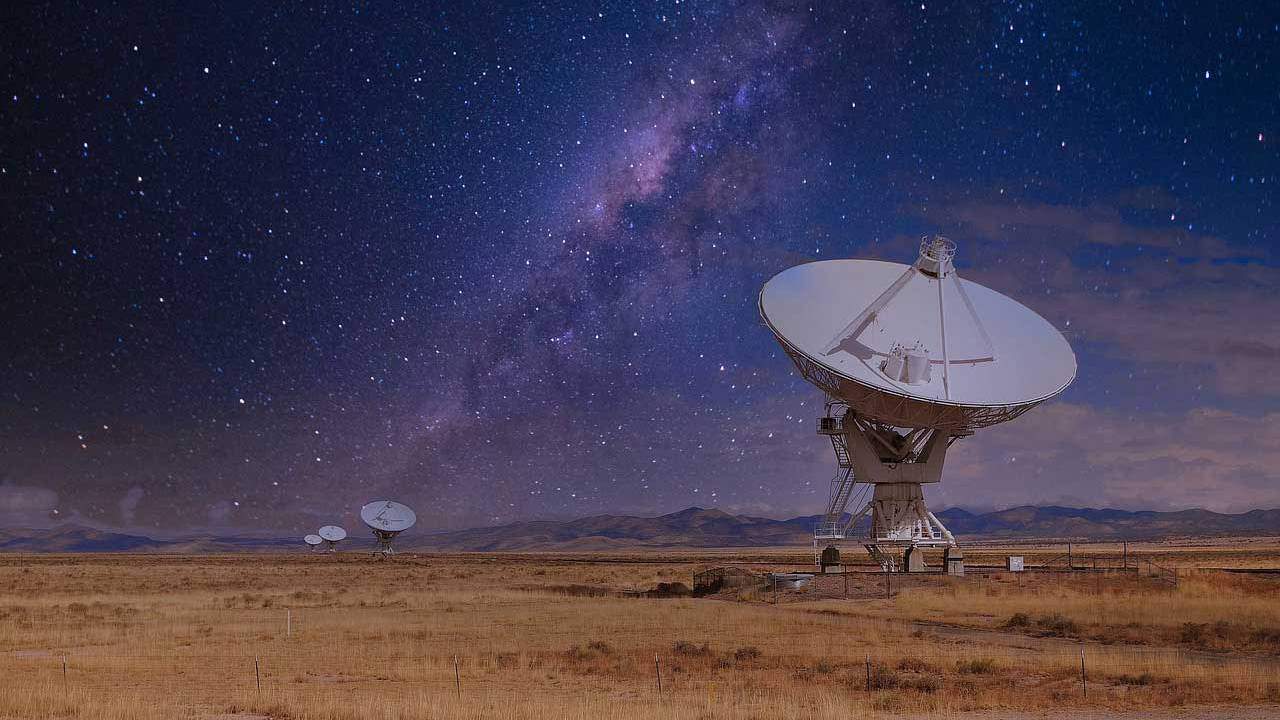Astronomical scientists have discovered that something strange is happening near our nearest star system. That strange phenomenon was a mysterious radio signal that came to us from Proxima Centauri, a red dwarf star just 4.2 light-years from Earth, but too small and dim to be seen with the naked eye.

The signal was discovered by scientists at the University of California, Berkeley, in archived data collected last year. At this point in time, scientists have no reason and no evidence that this signal is any side effect of human activity on Earth. And this, in turn, opens up a very wide scope for the flight of fancy of scientists.
The recorded radio signal has a number of unusual properties that have led scientists to subject it to a series of different tests. One of the most curious aspects of this signal is its spectrum, or rather, a very, very narrow part of it at 982 megahertz. This range is virtually unused in space and other communications and there is usually only “white noise” of natural background interference at this frequency.
The second aspect of the signal, somewhat overlapping with the first aspect, is that with the existing even the most modern radio technologies it is impossible to compress all the electromagnetic energy of a signal of such power into such a narrow spectrum band. Scientists suspect that some yet unknown exotic phenomena from the field of plasma physics may be involved in the formation of such an unusual signal.

However, both unusual aspects of this signal do not yet allow to clearly identify it as a signal of natural or artificial origin. From the theoretical point of view, scientists know today the only technological source capable of producing a signal with such characteristics.


